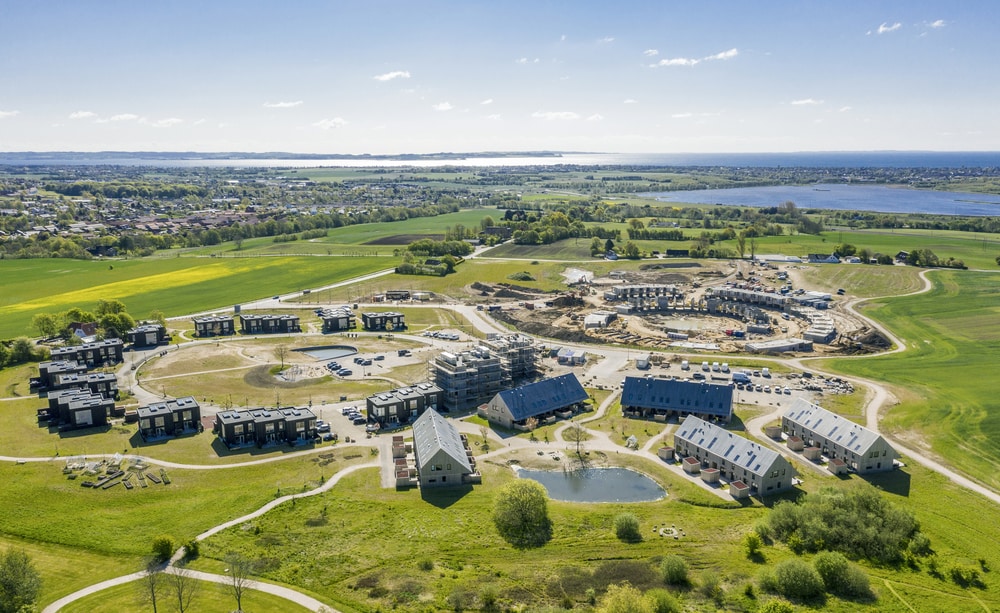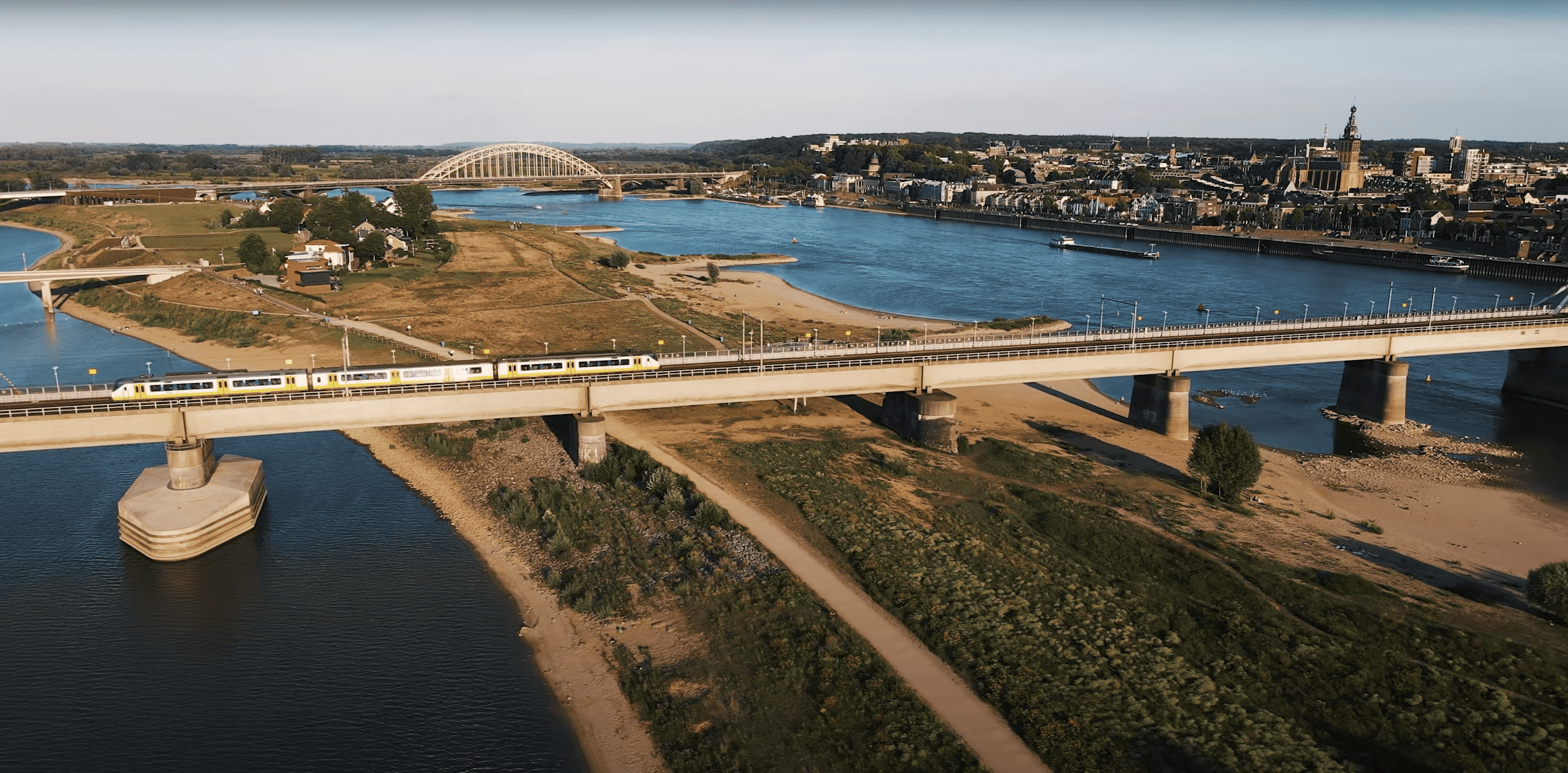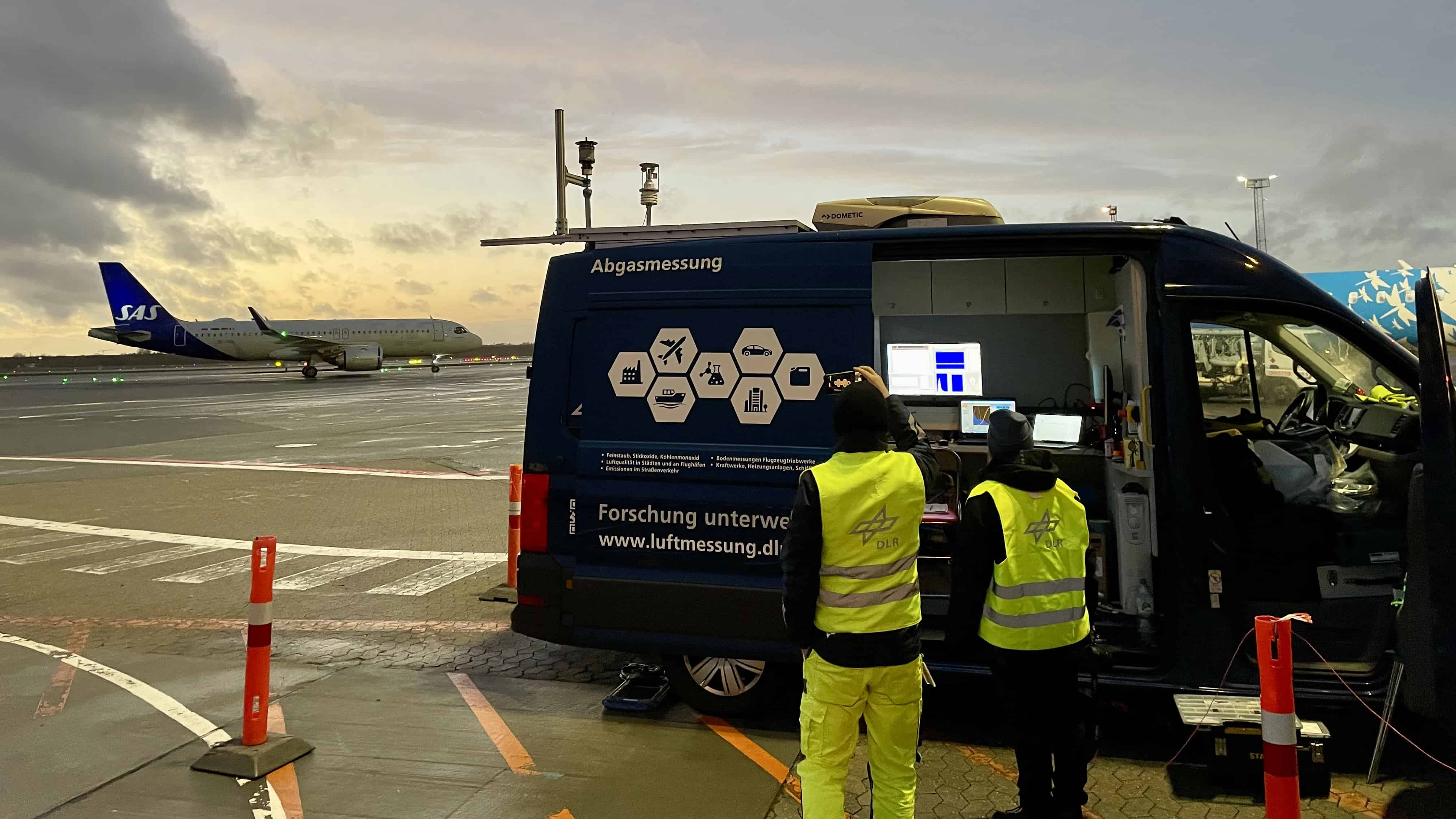
Residents of the new housing estate Nye in Aarhus have been using treated rainwater to run their washing machines and flush their toilets since this year. The project was carried out by Aarhus Vand, a public water company. Maria Faragó, a PhD student at the University of Denmark in Lyngby, conducted a life cycle analysis of the effects of domestic rainwater use. She was supervised by Martin Rygaard, Senior Lecturer in Urban Water Systems, who specializes in making sustainability assessments. We asked the 43-year-old Dane for details about the project in Nye, which must mean ‘new’ in Danish for a reason.
Reusing rainwater is not new. What makes this application so special?
“It’s true that rainwater harvesting systems exist. I know that they are used in Australia, and they have also started to use them in Germany. But such water harvesting systems are really only installed on a case-by-case basis, by residents for their own homes. What is unique about the system in this new housing estate in Aarhus is that it was built and is managed by a local public utility company. That is a first for Europe and possibly even for the world.”
Has the system been tested?
“Yes, the first residents moved into their homes earlier this year. This qualifies it as a large-scale rainwater catchment system.”
Can you describe the system in brief?
“Rainwater that falls on the roofs is drained into a basin, basically an artificial lake, where other rainwater and surface water also flows into. A water treatment plant is located near the basin that filters the water to a good standard. From the plant, this water is channelled into water reservoirs and then to the homes via a separate pipe system.”

What level of quality does that water have?
“The water is also used for running washing machines, it must be free of substances that trigger allergic reactions, among other things. The water is therefore treated relatively well, but it is definitely not drinking water. Should a child accidentally drink it though, there is nothing to worry about, but that shouldn’t happen on a regular basis. The water is also used to flush the toilet.”
Where does drinking water come from?
“The new homes are connected to two water pipes. One pipe carries treated rainwater, another connects to the regular municipal water supply. In Denmark, therefore also in Nye, all drinking water is obtained by extracting and purifying groundwater.”

What is the impact on the environment?
“It saves a substantial amount of groundwater. By the way, our research went beyond just measuring the environmental impact. We carried out an eco-efficiency analysis, assessing both environmental and economic aspects. For example, we were able to determine that the use of a polyethylene water reservoir is better than a reservoir made out of stainless steel.
The standard solution for storing drinking water at water utility companies is stainless steel. But stainless steel -because of its production and transport costs- is in this case more environmentally unfriendly than plastic. Since polyethylene tanks do not affect the quality of the treated rainwater, it was a sensible decision to switch from steel to plastic tanks.
What is interesting from an innovation point of view where these kinds of structured analyses are concerned, as Maria also demonstrates, is that in many cases it is a matter of balancing the environment and the economy. In these sorts of assessments, we avoid tunnel vision: we don’t just focus on the benefit to the environment or the economy. It is up to the person making the decision to make the choice that is right for him or her.”

But aren’t the costs associated with such a dual system higher than in other districts?
“The costs are admittedly a bit higher. Aarhus Vand, the utility company, charges around €3,600 per house as a one-off fee for connecting the second water network. These costs are normally added to the price of the house. Buyers tend to see this as their contribution to sustainability. On the other hand, they also save on the costs of connecting to the sewage system. Incidentally, the costs of using drinking water and other water are the same.”
Also interesting: Field Factors recycles rainwater in a compact modular system








